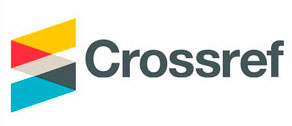Correction of speech disorders in children of preschool age in manifestations of dysarthria
Abstract
In article, psychological and pedagogical sources on the mentioned problem are
analyzed, the meaning of the concept of «erased dysarthria» is determined, and the
classification of minimal manifestations of dysarthria in preschool children is provided.
Manifestations, causes, and forms of dysarthria are also characterized by analyzing
psychological and pedagogical literature. The leading defect in dysarthria is a violation
of the phonetic and prosodic aspects of speech. Violations of speech and language in
dysarthria are manifested in different degrees and depend on the nature and severity of
the damage to the nervous system. In mild cases, there are separate distortions of
sounds, «slurred speech», in more severe cases - distortions, substitutions and
omissions of sounds are observed, tempo, expressiveness, modulation suffer, and in
general the pronunciation becomes indistinct. With severe lesions of the central
nervous system, speech becomes impossible due to complete paralysis of the speech
and motor muscles. Directions of corrective work with children of preschool age with
manifestations of dysarthria are determined and the feasibility of their use is
substantiated. The effectiveness of corrective exercises, types of work and didactic
material with children with manifestations of dysarthria in the course of corrective work
is substantiated. Study confirmed the proposition that: research on the corrective
orientation of educational work, taking into account the stages of the formation of
mental processes, age and individual characteristics of the psyche, behavior, work
capacity, is the key to the development of children preschool age with dysarthria.




